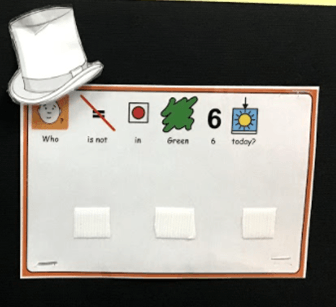Thinking Hats
In 1985, Dr Edward be Bono developed the “Six Thinking Hats” tool, an important and powerful technique to focus our thinking. The Six Thinking Hats is a simple, effective parallel thinking process, that helps people be more productive, focused and mindfully involved
The 6 Thinking Hats each represent a different type of Thinking. They are used in lessons to encourage students to think carefully and critically – encouraging them to think beyond their own perspectives and holistically respond to situations rather than only using one type of Thinking.
What is the 'thinking' behind each hat?
The Thinking Hats provide an easy to remember visual for our learners to ensure they look at all perspectives to provide well rounded responses. Younger learners can often be seen placing actual hats on their heads and discussing from the perspective of that hat, for example discussing the positive attributes of a book character and why, whilst sporting a bright yellow hat.
The Thinking Hats therefore provide the opportunity to develop reflective and flexible thinkers who carefully look for solutions, whilst acknowledging positives, limitations, facts and emotions. Because of this, the Hats also weave an important thread through the pastoral curriculum and provide a clear and structured framework to discuss thoughts and feelings, for example by working through a 6 Hat analysis and reflecting from the different perspectives, students can gain a deeper understanding of how their behaviour impacts others and begin to rationalise their emotions in a non-destructive manner.
 |
 |
The Six Thinking Hats® provide a wonderful framework for thorough thinking to help students
Conduct a richer, more balanced exploration of any subject.
– Become independent thinkers.
– Objectively guide group discussions.
– Evaluate alternatives constructively.
– Improve research and writing skills.
– Think thoughtfully before speaking.
– Listen more intently to the views of others to gain a deeper understanding of issues.
– Present ideas with more confidence to teachers, peers, parents, and community groups.
– Solve problems.
– Make well thought through choices.














